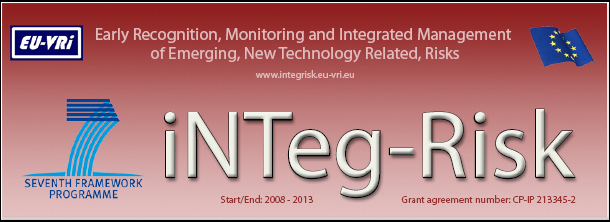Quick Check Knowledge Assessment

Developed under FP7 iNTegRisk program, the Quick Check Knowledge Assessment (QCKA) method is mainly intended for small and micro businesses which are using nanomaterials in their process. This method enables the user to do an inventory of the knowledge related to the nanorisk and helps him to know how to increase his knowledge level. Considering "organization", "material", "hazard", "exposure" and "life cycle" knowledge relative to the considered potential nanorisk, QCKA helps you to characterize by "excellent", "good", "sufficient", "little", "insufficient" these respective levels.

QCKA: How to use it?
Download QCKA excel Tab
Explore the 7 spreadsheets: description, 5 knowledge scale (organization, materials, exposition, hazards, lifecycle) and result TK. Each knowledge spreadsheet contains several items and your specific score.
You have to fill in at least the column entitled “Checked (1=true/0=false). You put 1 if you have the knowledge about the item concerned otherwise, you put 0. If there is any doubt about an answer (i.e. if the item is not perfectly known), you have to write 0. You can eventually add an observation or value of an item in the column “Observation”. The scores indicated below each spreadsheet are automatically calculated, as well as the final risk-index.
All fields must be filled in to get a correct usable result.
How to interpret the result? Example Case:
The final outcome score is 53,52:
- the global level of knowledge: “little”,
- knowledge or capacities description : “low”,
- specific percentage knowledge scale participation: “hazards”, “lifecycle” and “material” point out the main uncertainties.



